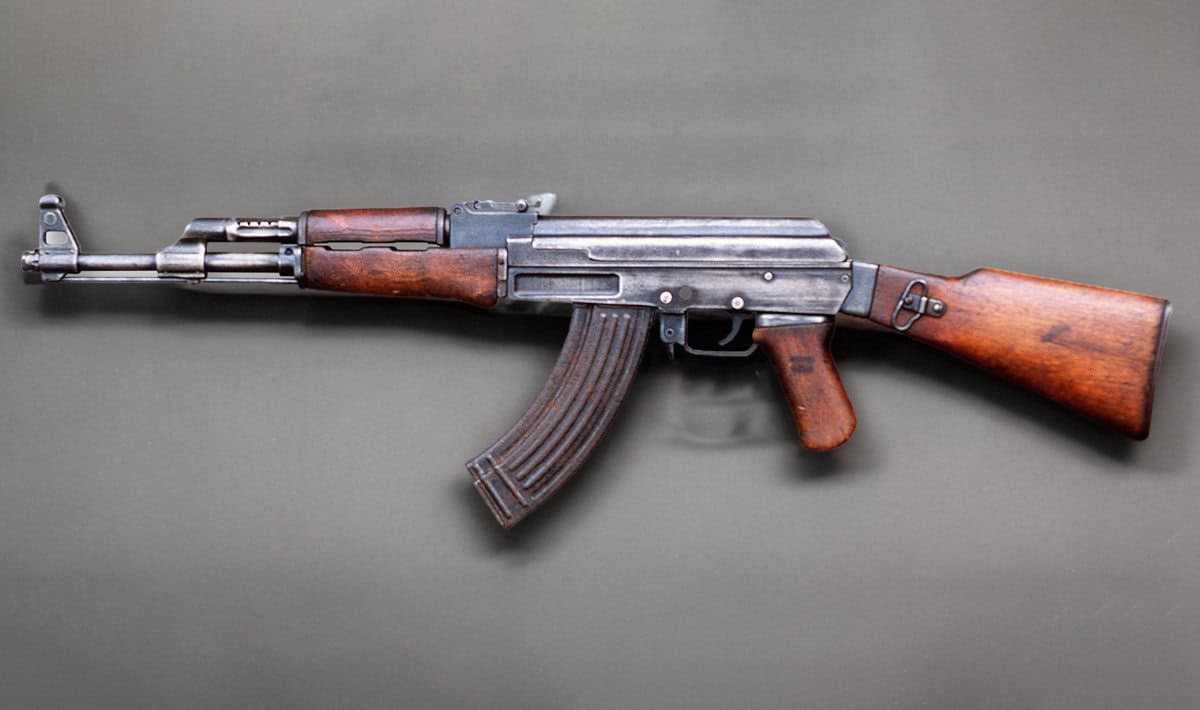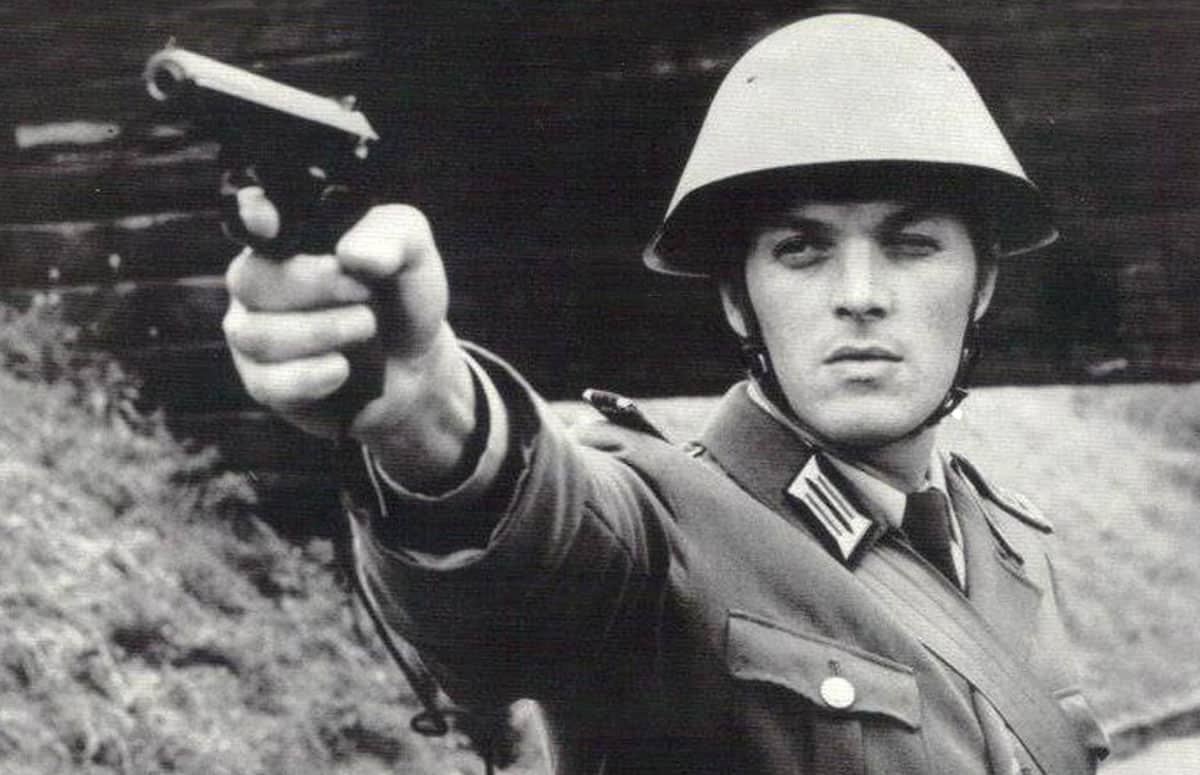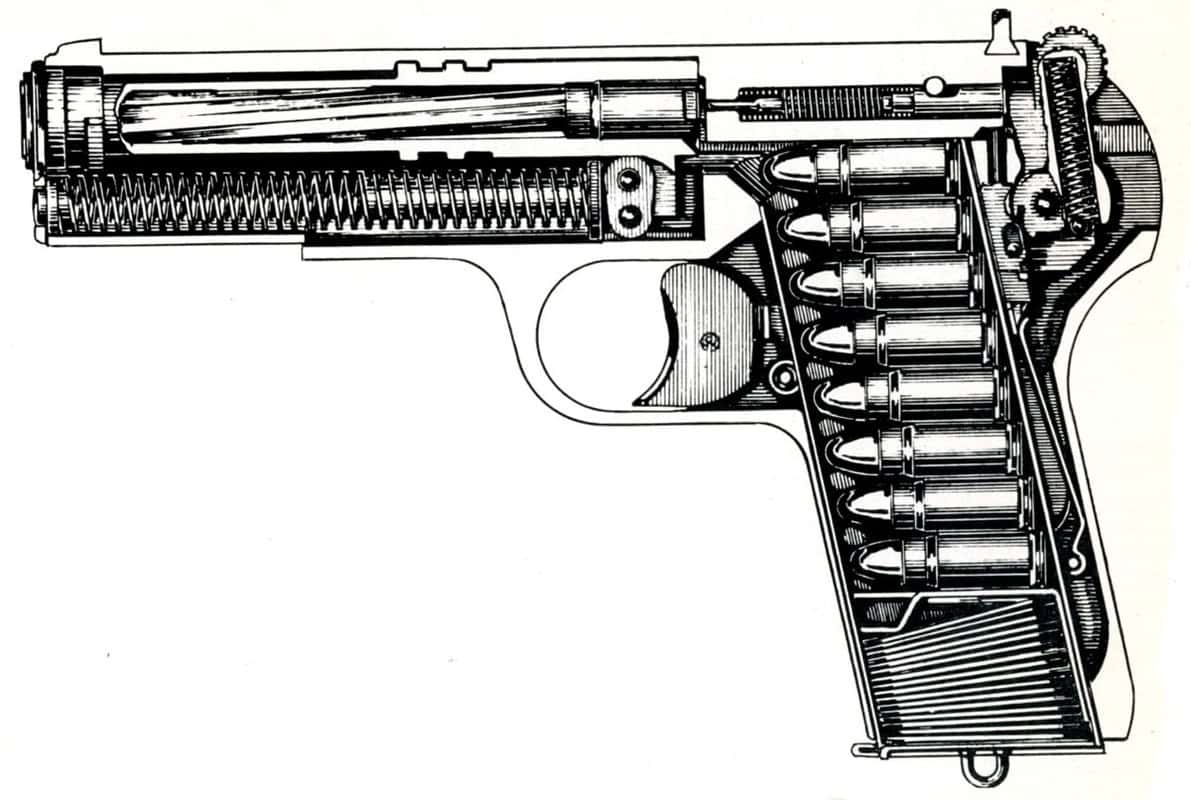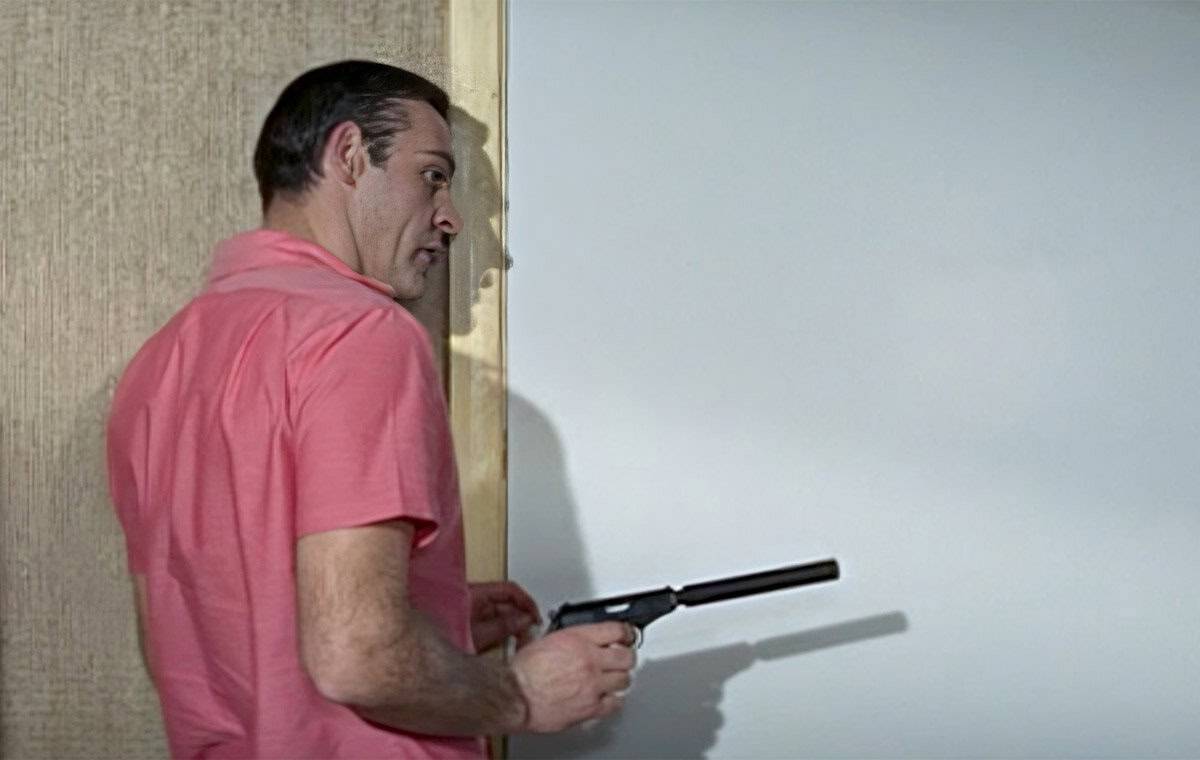Cold War Arsenal: A Journey Through History’s Most Influential Firearms
Our latest article provides an in-depth look into the iconic firearms that significantly shaped the Cold War era. The article discusses five of the most prominent weapons of the time, including the AK-47, Beretta 92FS, Makarov PM, Tokarev TT-33, and Walther PP. It offers insights into how these weapons impacted the balance of power between the socialist bloc and the Free World and how they affected the course of history during the tumultuous period. In addition to their military and political significance, the article also highlights their cultural impact. It delves into their symbolic meanings and representations in popular culture, particularly in film and literature, and uncovers how these weapons became iconic symbols of power, danger, and rebellion in various cultural narratives.
Table of Contents
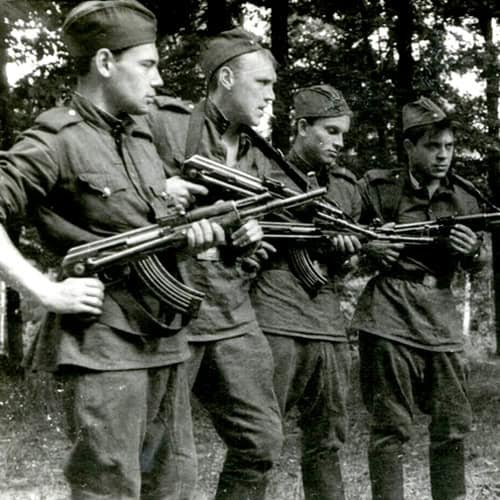
AK-47
Throughout the Cold War, the AK-47 symbolized the spread of Soviet influence. It was more than a tool of warfare; it was a vehicle of ideology. Distributed generously to Soviet allies and proxy forces, this rifle became a common sight in conflicts from Vietnam to Africa. Its ubiquity in these regions wasn’t just a testament to its robust design but also to the USSR’s strategic ambitions.
In the hands of guerrilla fighters and national armies alike, the AK-47 not only altered military tactics but also the very dynamics of power. It empowered smaller, less-equipped forces to challenge larger, technologically advanced armies, often those of the West. This shifted the global balance of power, making it more decentralized and unpredictable.
Moreover, the AK-47 became an integral part of the cultural zeitgeist, appearing in movies, literature, and art. It became more than a Soviet icon; it was a global phenomenon, representing a mix of rebellion, resilience, and the complexities of geopolitical struggles.
The AK-47 was a symbol of power and geopolitical influence during the Cold War. Its utilitarian design revolutionized warfare and empowered smaller forces to challenge larger ones. The rifle gained iconic status. It was a defining element of the era, shaping and reflecting the turbulent times.
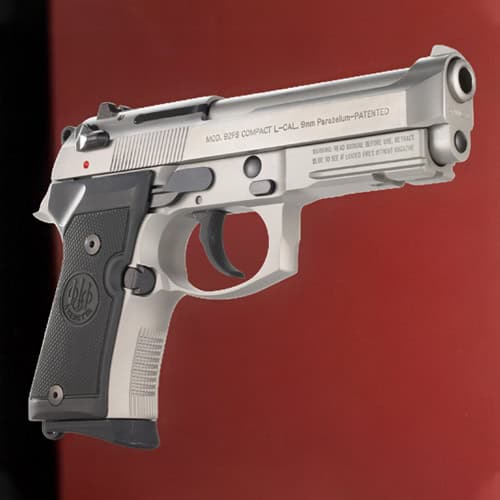
Beretta 92FS
In my journey through the shadowy realms of Cold War espionage and cultural imprints, I’ve been fascinated by the story of the Beretta 92FS pistol. This firearm, Italian in origin, played a nuanced yet significant role in the silent war between the intelligence agencies of the USSR and the Free World.
The pistol’s reliability was its hallmark, making it a preferred choice among operatives in intense, unpredictable environments. This was crucial during the Cold War, characterized by undercover missions and delicate intelligence gathering. The Beretta 92FS, reliable and unassuming, became a tool of trade in this high-stakes game.
However, its cultural significance, particularly in film and literature, truly sets it apart. The Beretta 92FS has graced the silver screen in the hands of cinematic heroes and villains alike, etching its silhouette into the popular imagination. It’s featured in thrilling spy novels, where its mere description evokes a sense of sleek sophistication.
In retrospect, the Beretta 92FS, though less celebrated than its counterparts, played a vital role in the intricate tapestry of Cold War espionage. Its legacy extends beyond its mechanical precision, nestling into the broader cultural and historical significance narrative. As a writer delving into this era, the Beretta 92FS is a fascinating symbol of the silent yet deadly chess game played by the world’s most elusive spies.
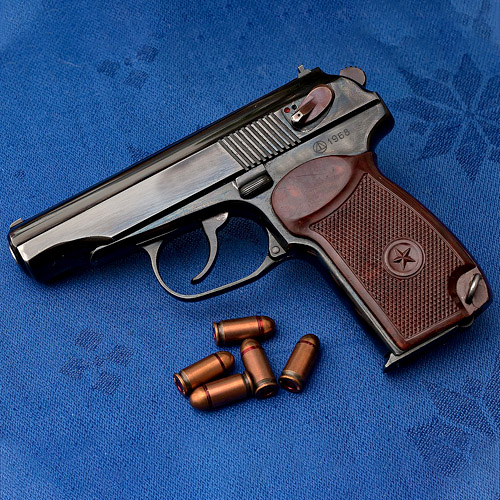
Makarov PM
Developed in the late 1940s, the Makarov PM responded to the need for a more modern sidearm for Soviet forces. Compact and reliable, it became the standard issue for the military and police in the USSR and its satellite states. The pistol’s presence was a subtle yet constant reminder of the Soviet’s military preparedness and ideological steadfastness.
However, the Makarov PM’s influence extended beyond its physical utility. In covert operations, where the clash between the socialist bloc and the West often played out in the shadows, the Makarov was a trusted companion to KGB agents and Eastern bloc operatives. Its reliability in extreme conditions made it ideal for the clandestine nature of Cold War espionage.
Culturally, the Makarov PM etched itself into the fabric of Cold War narratives. In literature and films, it often appeared as a quintessential element of Soviet spy characters, embodying a cold, utilitarian aesthetic. Its portrayal in these mediums helped cement the image of the Eastern spy – ruthless, efficient, and enigmatic.
Reflecting on the Makarov PM’s legacy, I’m struck by how this pistol was more than just a tool of warfare. It symbolized a time when the world seemed perpetually on the brink, a tangible piece of a geopolitical chess game that spanned decades. In the story of the Cold War, the Makarov PM deserves its chapter, not just for its role in conflict but for the cultural footprint it left behind.
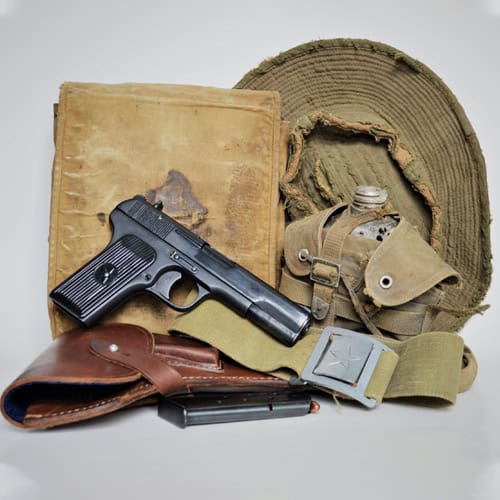
Tokarev TT-33
Developed in the 1930s, the TT-33 was born out of the need for a reliable sidearm for Soviet soldiers. It was rugged, easy to manufacture, and incredibly straightforward to use, making it a staple in the hands of Soviet forces and their allies.
Throughout the Cold War, the TT-33 was more than just a firearm. It symbolized Soviet military might, a constant companion of soldiers from Berlin to Hanoi. Its presence in numerous conflicts underscored the reach of Soviet influence.
What intrigues me most, however, is its cultural footprint. The TT-33 frequently appeared in Cold War-era films and literature, often portrayed as the quintessential Soviet sidearm. It was a cultural shorthand for the Soviet military presence, instantly recognizable to audiences and readers worldwide.
In cinema, the TT-33 was both a villain’s choice and a symbol of resistance, depending on which side of the Iron Curtain one was on. In literature, it is featured in spy novels and war stories, symbolizing the harsh realities of Cold War confrontations.
Reflecting on the TT-33’s impact, I realize its role transcended the battlefields. It became a part of the Cold War’s cultural narrative, embodying the era’s tension and ideological divide. As a historian, I find the Tokarev TT-33 a fascinating artifact, a testament to the era’s complexities and the enduring power of symbols in shaping our understanding of history.
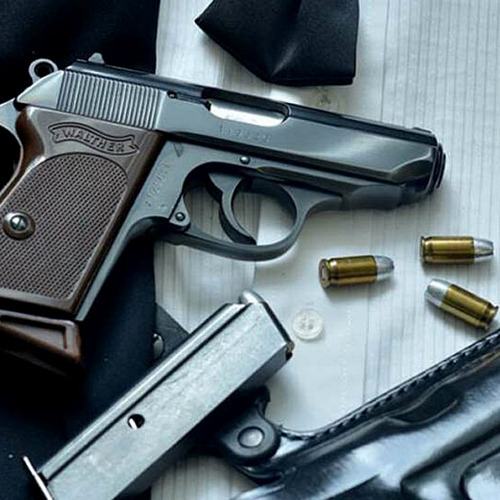
Walther PP
Introduced in the 1920s, the Walther PP (Polizeipistole, or Police Pistol) gained prominence in the years leading to the Cold War. It was favored for its reliability, compact design, and innovative double-action mechanism. Its widespread use by police and military forces in Germany and beyond made it a familiar sight.
During the Cold War, the Walther PP was on both sides of the Iron Curtain. It was carried by officers in both the socialist bloc and the West, a testament to its versatility and effectiveness. In this era of espionage and shadowy confrontations, the Walther PP was a defense and covert operations tool.
However, the cultural imprint of the Walther PP is where its story takes an intriguing turn. It became synonymous with the suave and sophisticated spy archetype in cinema and literature, largely thanks to Ian Fleming’s James Bond series. Bond’s preference for the Walther PP (and later the PPK) became a defining character trait, embodying elegance, precision, and a cool detachment.
In the Bond films, the Walther PP is more than a firearm; it symbolizes the spy’s craft. It reflects the tension and glamour of the Cold War spy game. I remember marveling at its sleek lines and understated power, both on screen and in the pages of spy thrillers.
This pistol’s legacy in Bondiana goes beyond mere armament. It represents the intersection of Cold War geopolitics and popular culture, illustrating how a tool of espionage became an emblem of a genre. As a piece of history, the Walther PP tells a story not just of conflict and espionage but also of cultural resonance and symbolic power.
About the Author
My name is Olha Polah, and I have been working in miniature weapons production since 2015. I started the mini firearms brand and have been running the brand’s Instagram page since 2016. The brand’s miniatures are popular worldwide, with fans in 25+ countries. I became the sole owner of the brand in 2018 and created a comprehensive line of miniatures. More than 60 models of miniature weapons from various historical periods have been created. In November 2023, I was interviewed by Robert Dunn for the GunTech magazine, where I talked about the hardships I had to endure in my business. I also run a newsletter for the brand’s customers, which has evolved into a full-fledged magazine with in-depth articles published on the wpolah.com.

My mission is to make people’s lives more joyful by sharing interesting facts about miniature weapons and inspiring everyone to express themselves.

